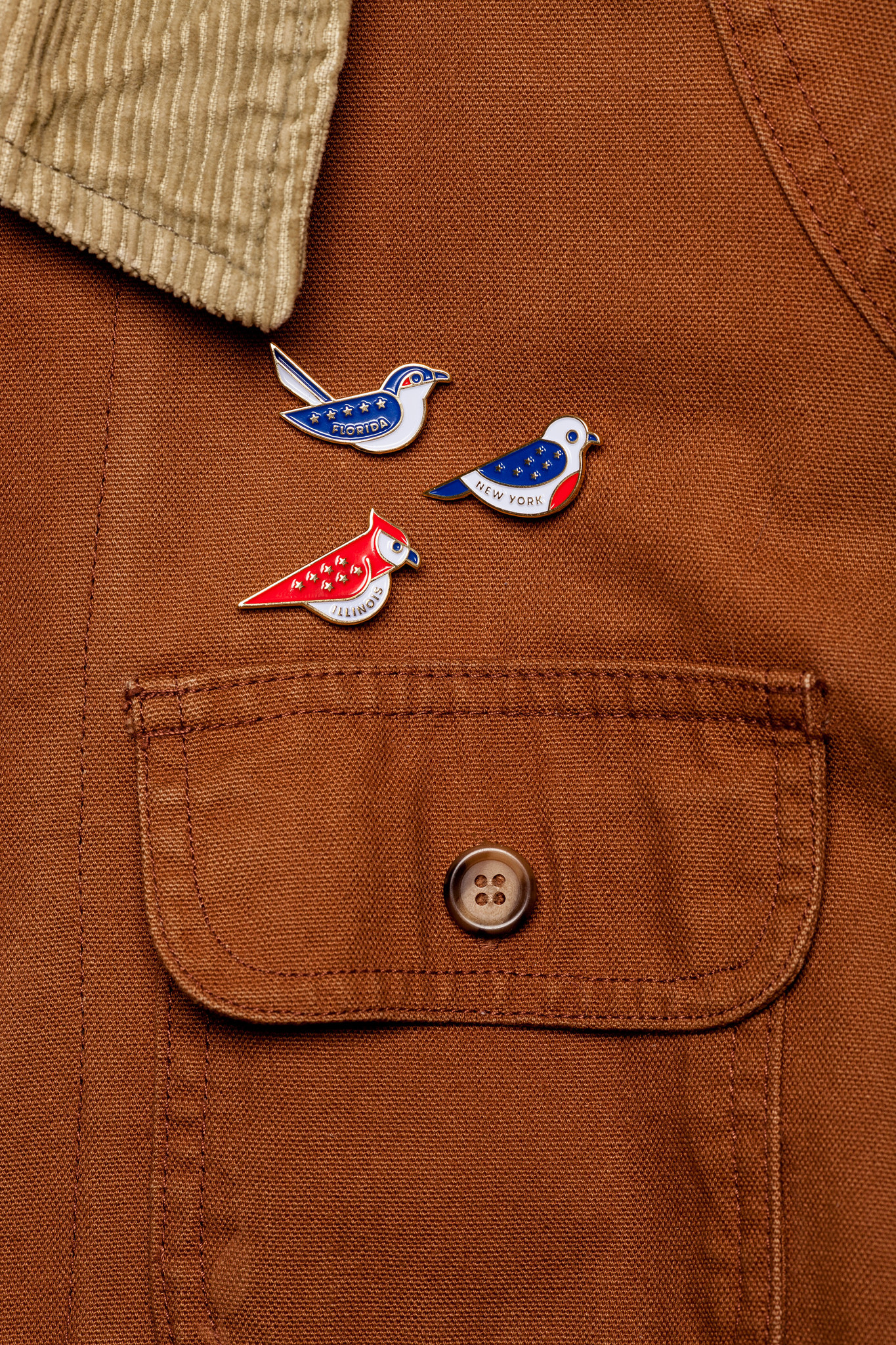Anything But Pretend
At first glance, Pretend Store may seem like a superfluous indulgence, but when it comes to selling type online, their methods are very real.
There is much debate these days surrounding font marketing and the best ideas for getting digital tools to real-world customers. One marketing concept that has been gaining popularity over the last handful of years is the idea of presenting fonts as consumer products sold amongst other physical pieces.
Historically, this idea is not without precedent, nor is it terribly uncommon. One need not look far to find successful type and retail enterprises like Emigre’s Magazines or House Industries’ successful collaborations with artisans and crafts, seemingly unrelated to type altogether. Recently, more independent design shops and foundries have been embracing the concept of retail curation and taking advantage of easy access to digital retail tools.
One such enterprise is Pretend Store, an experimental shop from Charleston, South Carolina and Portland, Oregon-based design studio Fuzzco. Pretend Store sells everything from towels and candles to t-shirts and typefaces. We had a chance to chat with Fuzzco founder Helen Rice (HR) and Senior Designer Eric Ellis (EE) to discuss matters of marketing in the digital world and the presentation of a few of their own fonts: Coplestons and Pinopolis.
Helen Rice, Founder and Creative Director at Fuzzco
Eric Ellis, Senior Designer at Fuzzco
TYPE: Hi Helen, Hi Eric. Tell us first, how did Pretend Store come about?
HR: Pretend Store was born out of the desire to create things for ourselves and as a way to apply design thinking to a new business. We call it Pretend Store for a number of reasons, one of which is the diverse and temporary nature of our products. We’re always trying new things in small batches—new design styles, new products, new collaborators. We don’t give ourselves conceptual boundaries like a more traditional shop might and in this way, the looseness of concept makes us feel a little like we are pretending. You can read more about it here.
Why sell typography in the store?
HR: Why not?
Coplestons and Pinopolis are typefaces that certainly break the mold. Did these typefaces come out of your studio work, experimentation, or play?
EE: Probably a mixture of all three, but honestly the lines between those three things are pretty blurry for us. Coplestons began as a small experiment based on a piece of signage in Charleston. Sketching in Illustrator lets us experiment (or play) with the letters in practical uses, giving us an idea very quickly of whether or not the idea is worth pursuing further or abandoning.
When it comes to vernacular type like Coplestons, what are your thoughts on extracting local DNA like you did and translating that to the sometimes sterile world of digital type?
EE: The local influence isn’t a go-to factor for how we approach type, more of a coincidence in Coplestons’ case. As designers, we’re hyper-aware of our surroundings, local or foreign—which is important because you never know how something you see will affect your process. Sometimes it’s obvious, with Coplestons it was the unusual square/round lettering that caught our eye. Most times it’s less obvious. Being open and aware of your environment, the world even, is huge.
““As designers, we’re hyper-aware of our surroundings—which is important because you never know how something you see will affect your process.””
What’s the advantage to selling your digital types through Pretend Store alongside other physical products; as opposed to starting a digital foundry and selling exclusively through that?
HR: We think the unusual mix of physical and digital is fun and unexpected. Seeing type presented next to a t-shirt for example, has an interesting effect and we think it has the potential to change the way people think about purchasing fonts, potentially opening them up to a larger audience.
What’s your opinion on typography as products that can sit on shelves next to towels and pins? Does this spring out of the intentional direction Pretend Store started with?
HR: Exactly! It’s all an experiment really, much like how Fuzzco started. We’ll see what happens with it. We imagine it will continue to evolve as we find our niche and play to our strengths.
““It’s all an experiment really. We imagine it will continue to evolve as we find our niche and play to our strengths.””
Do you feel that marketing typefaces in this way will bring these types to more designers or expand the kinds of people who would normally buy type?
EE: Hard to say! We try to make and market our goods in a way that is appealing to us, and we hope there are other like-minded folks out there who sympathize.
Thanks Helen! Thanks Eric!
Discover Coplestons and Pinopolis, as well as the numerous other curiosities on offer at Pretend Store here.

















